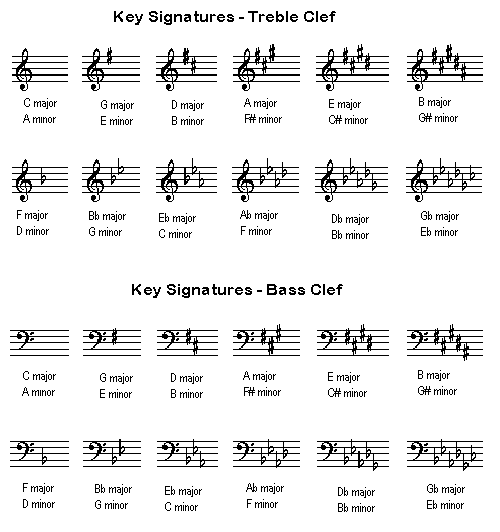\rockyglock wrote: 03 Jun 2019, 20:58 I've always wanted to learn keys/piano but I come from a working class family so my options have been really limited. When I was an older kid I had a keyboard but I accidentally stepped on it and it broke (lol). Any instrument I get is usually from a pawn shop. Currently I have a Yamaha PSR-11 with a couple squint keys, but I want to learn anyway. I've been learning guitar but have always struggled to learn what note is assigned to what fret and don't have much knowledge of music theory or how chords work. I figured it would be much easier to learn theory on a piano than a guitar simply due to the straight forward layout, then I could transfer that knowledge to the guitar once I have a better grasp of it. I have autism and really struggle to do things backwards or mirrored due to a really bad spatial IQ. Any tips for this would be great (e.g ABCDEFG|GFEDCBA.... the latter is very hard for me to get to grasps with Maybe i just need to memorize it?.)
Re: Learning on a cheap keyboard?
- SneakyRobb
- THINK
- Location: Canada
- Main keyboard: KB-5161A, F122, Dc2014, Typeheaven, Beamspring FXT
- Main mouse: MX518 Legendary
- DT Pro Member: 0242
- purdobol
- Location: Poland
- Main keyboard: Custom
- Main mouse: MS WMO 1.1A
- Favorite switch: Marquardt Butterfly
- DT Pro Member: -
Weird thing to see on deskthority...
Either way there's really no need to learn the nomenclature, if you don't actually want to read written notes.
Piano have octaves that start with C and end with B (in order CDEFGAB white keys). Black keys are half tones in between CD, DE, FG, GA, AB. And the names depend on the key signatures. For example black key between CD can be named C# (C rised half a tone) or Db (D lowered half a tone). All of this naming convention and usage of letters, hashes and little b is just for writing music on paper. And is not needed for playing an instrument.

Arrangement of notes is always the same on every instrument (it always goes and repeats in that order CDEFGAB- CDEFGAB). But every instrument can be tuned differently. For example guitar strings are tuned to EADGBE for ergonomic purposes.
Finished music school (1st degree) myself, playing chello and piano. And all I can tell you is don't bother with music theory at all, unless you're interested in it. Even at school it was kept at minimum. You want to learn an instrument - practice practice practice. Pick a song learn to play it over and over. When finished learn another one. And on an on it goes. The only thing that can't be self learned is proper techniques of using an instrument. But there's plenty of tutorial videos on youtube...
Either way there's really no need to learn the nomenclature, if you don't actually want to read written notes.
Piano have octaves that start with C and end with B (in order CDEFGAB white keys). Black keys are half tones in between CD, DE, FG, GA, AB. And the names depend on the key signatures. For example black key between CD can be named C# (C rised half a tone) or Db (D lowered half a tone). All of this naming convention and usage of letters, hashes and little b is just for writing music on paper. And is not needed for playing an instrument.

Arrangement of notes is always the same on every instrument (it always goes and repeats in that order CDEFGAB- CDEFGAB). But every instrument can be tuned differently. For example guitar strings are tuned to EADGBE for ergonomic purposes.
Finished music school (1st degree) myself, playing chello and piano. And all I can tell you is don't bother with music theory at all, unless you're interested in it. Even at school it was kept at minimum. You want to learn an instrument - practice practice practice. Pick a song learn to play it over and over. When finished learn another one. And on an on it goes. The only thing that can't be self learned is proper techniques of using an instrument. But there's plenty of tutorial videos on youtube...